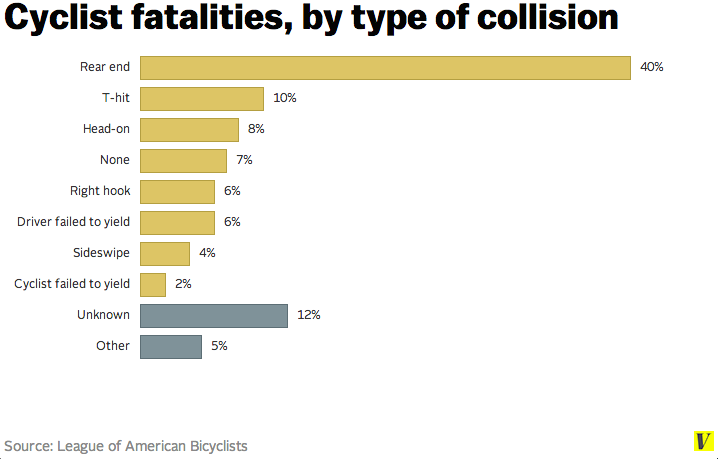A comment on the Alford St Bridge and the Northern Strand Community Path (NSCP).
The Alford St Bridge bike path is now complete and in great shape. While the adjacent travel lanes tend to be either very fast or stopped, there is a good deal of space and it overall makes for a great bicycling connection north.
Particularly when coming from the west: Memorial Drive, North Point Park, North Bank Bridge, Paul Revere Park to Warren St/ Main St (Charlestown) to Sullivan Square. This path gives you a fast straight ride, much of it separated or with relatively few conflict points with cars, and with few lights. I have done the Mass Ave to Revere Beach Pkwy (RBP) this way (5+ miles) in under 20m even rigorously obeying all the lights. The other direction is less pleasant primarily because of Sullivan Sq (lots of traffic, long lights and tricky conflicts).
Unfortunately getting from
Alford St across Rte 16 (RBP) to connect to the NSCP is very difficult. I haven't personally found it too challenging, but I tend to go in bright sunshine, good weather and low traffic times. Otherwise, it must be really tricky.
The proposed bicycle plan for Everett includes continuing the NSCP along the MBTA ROW under RBP. There is virtually nothing in the way here, except the MBTA fence. It's infuriating that this connection can not be worked out as the area currently consists of gravel piles and dead tracks. It's almost as bad as the ridiculous Muddy River / Fenway MBTA stop to Park Drive connection and illustrates the extreme lack of co-ordination and leadership to tackle inter-derpartmental transportation challenges in Mass.
I grant that in this case, crossing the live MBTA tracks presents a more costly challenge and makes . The Everett
plan provides for a connection to Alford St and a crossing at the extreme southern end of the peninsula (casino site) at the Mystic River. There is already an underpass to the train tracks here. And then winding along the river to Alford St. (Although it's not clear how a northbound bike trip would work for this).
It would be better if there was a more direct connection to the Alford St/Boston & Sullivan Square desire line. Either by a new connection following among the south side of RBP with a ramp to either side of Alford St. Or possibly as part of the proposed pedestrian bridge at the future commuter rail site.
There should also be easy / clear connections with (east) Beacham St and Second St and Wellington Station. While many proposals for connections and Mystic River crossings refer to the Earhardt Dam or the existing abandoned piers at Alford St, these solutions will take decades to develop. In the meantime there is no good connections to these places, but there are much easier and less expensive options available.
Finally, the NSCP is a great resource. Although I would propose bike priority at some of the crossings (i.e. no stop sign) but stops for cars at the smaller roads. Better visibility at the edges of these roads. Hopefully the Revere part will be done soon. And paving or at least a much better surface at Saugus which is currently closer to gravel than crushed stone. And some movement on the Lynn section. That city is atrocious for biking.



